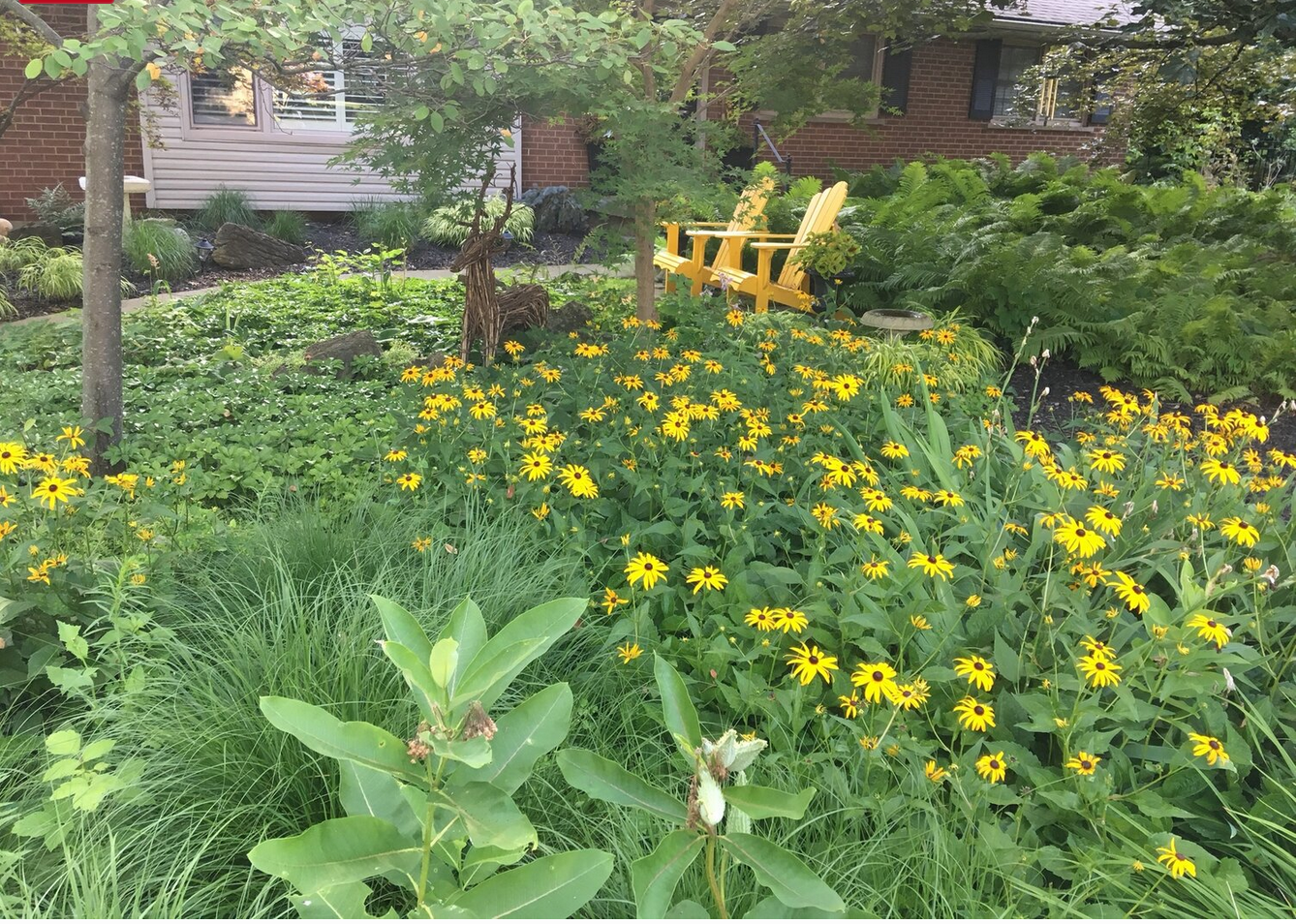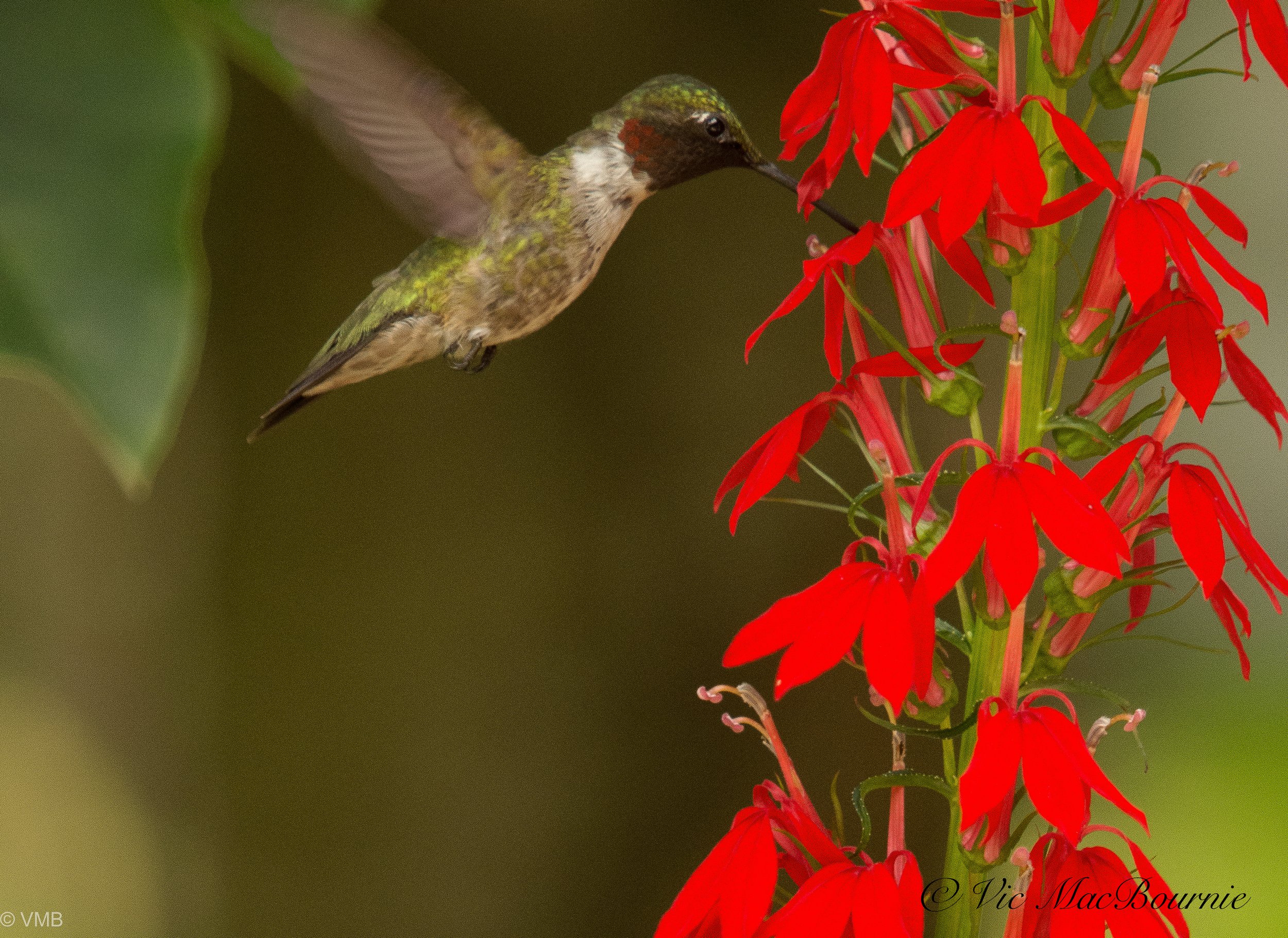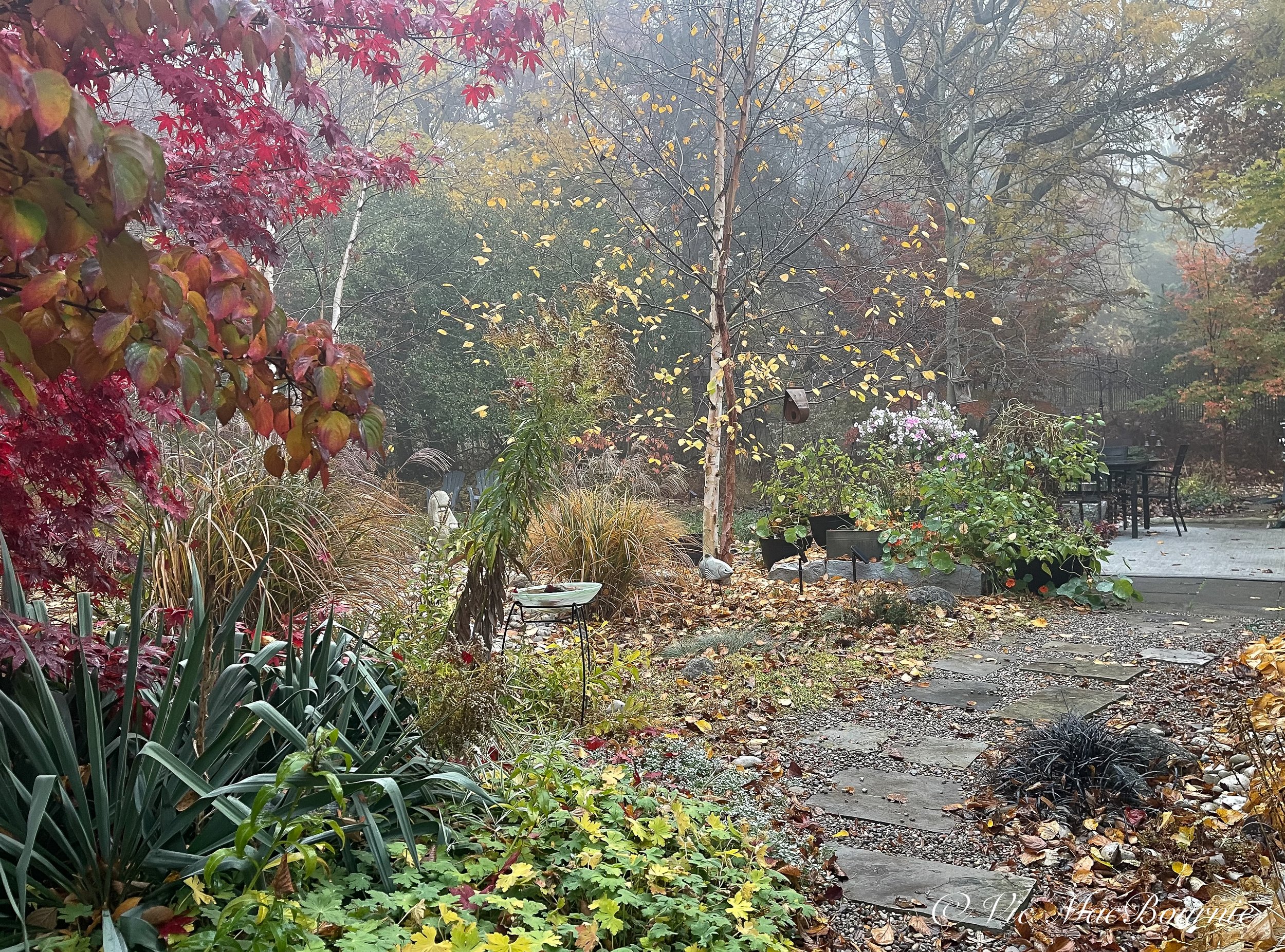Garden trends: What’s in and what’s out
Trends in gardening are changing dramatically
What’s in and what’s out when it comes to gardening?
If you think you know the answers, you might be shocked.
Being bombarded with marketing campaigns tends to shape one’s thoughts about what is and is not popular.
Advertisements about creating the perfect lawn, using high-powered tools to remove every leaf and grass clipping, installing underground sprinklers and adding synthetic fertilizers and weed killers to our garden beds, tend to shape our view of the world. So, it’s not surprising for people to think that this is the way we garden in 2023.
It’s the way some –maybe even the majority – of people garden, for sure. But, it’s important to note that this type of gardening is not trending and it’s unlikely to be the future.
Hopefully, our children and their children will not have to endure the endless acres of turf kept perfect with dangerous chemically derived fertilizers, herbicides and insecticides.
If current trends continue, the accepted definition of a beautiful garden will hopefully evolve from everything perfectly in its place, to everything in perfect harmony creating a natural, healthy garden for both humans and wildlife.
Below is a quick hit of some of what I see as the trends in today’s gardening. Granted, this is not based on any huge study conducted by some group, instead it represents the information I am seeing more and more on gardening groups, on YouTube garden channels and especially in directions top garden designers are taking in their work.
I recognize that I may be influenced by many of the groups I tend to gravitate toward as I write this blog, but I am confident in saying that the days of spraying herbicides and pesticides without regard to their inherent dangers are fading fast.
Garden trends suggest that front lawns will be a combination of low-maintenance native plants aimed at attracting insects and providing food for birds.
Backyards will be even wilder areas with at least some native trees, plants and shrubs, with ponds, brush piles and other features to help share our gardens with wildlife big and small.
Even the smallest yards will incorporate an naturalized area in the future.
How have garden trends evolved?
Garden trends are nothing new.
Over the years, gardens have evolved to meet the needs of homeowners. Landscapes that once needed an army of full-time gardeners, now might get by with one part-time gardener, or, better still, none at all. There was a time when the English-style cottage garden was all the rage, but the amount of upkeep required for such a garden is making this style of garden less desirable for most homeowners.
Garden trends are actually something I have been pondering for a number of years.
In fact, the changing trends are one of the primary reasons I decided to create this website.
Chelsea Flower Show gardens lead the way as trendsetters
This website really took root years ago when I discovered that I could watch several years worth of YouTube videos on the outstanding gardens created by some of the world’s best designers at the venerable Chelsea Flower Show in England.
While watching show after show, I realized that many of the garden designers were creating more natural, woodland-style gardens aimed at attracting wildlife and creating quiet, relaxing areas for homeowners in the process.
It was then that I realized many of the decisions I had been taking over the years in my garden were similar to what these designers – albeit with much more beautiful and grander results – were creating in their show gardens at the Chelsea Flower Shows.
It took these trendsetter garden designers creating magnificent natural gardens before I realized that woodland gardens and other natural gardens were trending in the right direction. Of course, garden designer extraordinaire Mary Reynolds was creating these gardens long before they became trendy at Chelsea. In fact, Reynolds was way ahead of her time when she was awarded a gold medal for her nature-inspired garden in 2002.
Recently, another inspirational visual crossed my desk that again got me thinking about garden trends in 2023 and beyond.
It was a simple Facebook post that showed a list of What was “out” on the left compared to a list of what was “in” on the right. The listing did not quote any conclusive government or marketing studies, but it proved to be another confirmation to me that what we are doing and the direction we are headed in our gardens, is the right one for the future.
It also didn’t take long to realize that almost every garden trend that was “In” had been extensively covered on this website.
So, I thought it appropriate to list the Ins and outs (see info graphic above) and link posts from this site to the garden trends.
Our gardens may not check off every “positive trending factor” but if we are on-trend more than off-trend chances are we are heading in the right direction.
Ferns & Feathers links to some of the top trends in gardening
• The yard should strive to be a wildlife sanctuary rather than maximize curb appeal.
Creating a wildlife friendly yard.
• Create a yard that is drought tolerant rather than one that depends on irrigation.
Creating a more sustainable garden design
• Shade gardening vs bright sunny gardens
Create shade gardens such as woodland gardens to cool the earth, use less water.
• Encourage beneficial insects rather than use pesticides in the garden
Use native plants to attract beneficial insects and reduce pesticides
• Use leaf litter as a natural mulch
Why leave your leaves? Let them fall and leave them be.
• No mow may vs loud, obnoxious lawnmowers
Celebrate no-mow May along with the birds and butterflies
• Use Keystone species in the garden
What tree should I plant in my yard?
Trends in gardening: The final word
Following trends just to be “trendy” is rarely a good thing. After all, trends come and go overnight.
But some trends can be positive, especially when they are built on a strong foundation that reflects a greater awareness for the common good. The trend toward electric vehicles, for example, may not be perfect. These vehicles do, however, take us a positive step away from carbon-dependent fuels.
Natural gardens, including woodland gardens, fall into that same category. Moving toward more natural gardens may not be a trend that is perfect –especially in the eyes of powerful marketing companies trying to convince us that we need their chemicals and GMO seeds to create the garden of our dreams – but it is a partial solution to many of the problems we are facing regarding climate change, illnesses both medical and mental, and saving our dwindling native fauna and flora.
We should be embracing these trends and doing everything we can to incorporate them as much as possible. Who knows, maybe one day in our lifetime, these trends will be the norm.
And, who knows, maybe the garden of our dreams will one day revolve around the number of birds we can count from our favourite chair, rather than the acres of grass and single ornamental tree too many homeowners now consider their part of paradise.




